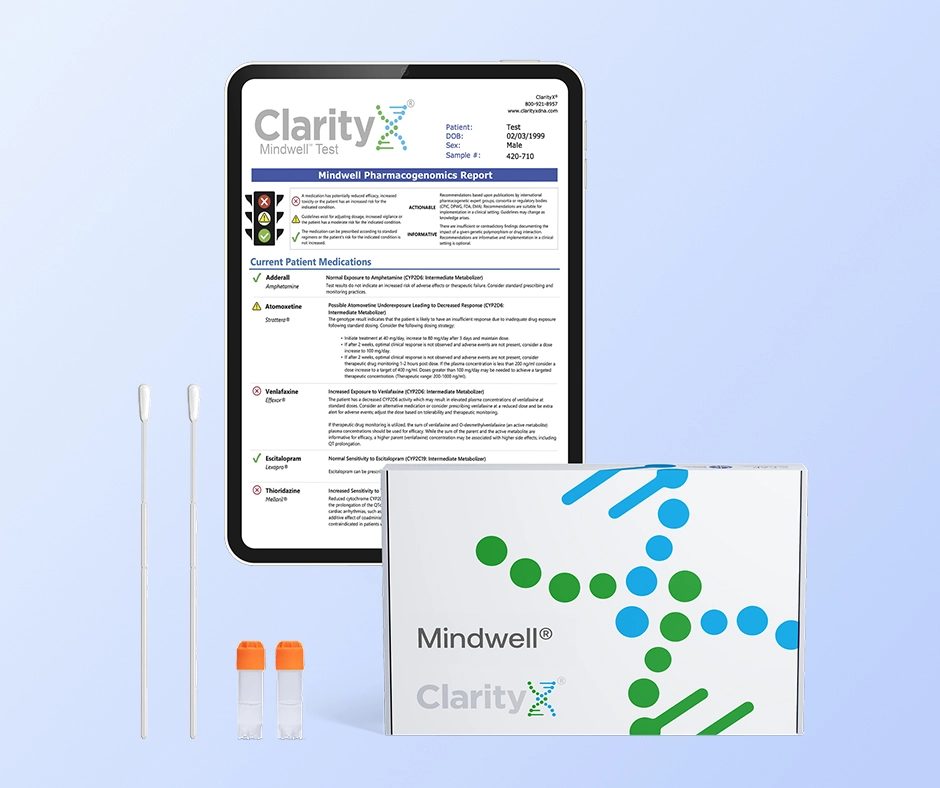Self-Care Awareness Month! Save 25%
BUTRANS is a partial opioid agonist product indicated for the management of pain severe enough to require daily, around-the-clock, long-term opioid treatment for which alternative treatment options are inadequate.
Limitations of Use
• Because of the risks of addiction, abuse, and misuse with opioids, even at recommended doses, and because of the greater risks of overdose and death with extended-release opioid formulations, reserve BUTRANS for use in patients for whom alternative treatment options (e.g., non-opioid analgesics or immediate-release opioids) are ineffective, not tolerated, or would be otherwise inadequate to provide sufficient management of pain.
• BUTRANS is not indicated as an as-needed (prn) analgesic.
- Most common adverse reactions (≥ 5%) include: nausea, headache, application site pruritus, dizziness, constipation, somnolence, vomiting, application site erythema, dry mouth, and application site rash.
• Interaction with benzodiazepines: May increase buprenorphine-induced respiratory depression. Monitor patients on concurrent therapy closely.
• CYP3A4 inhibitors/inducers: Initiating CYP3A4 inhibitors or discontinuing CYP3A4 inducers may result in an increase in buprenorphine plasma concentrations. Closely monitor patients starting CYP3A4 inhibitors or stopping CYP3A4 inducers for respiratory depression.
• Interactions with CNS depressants: Concomitant use may cause profound sedation, respiratory depression, and death. If coadministration is required, consider dose reduction of one or both drugs because of additive pharmacological effects.
• Elderly, cachectic, debilitated patients, and those with chronic pulmonary disease: Monitor closely because of increased risk of respiratory depression.
• Avoid in patients with Long QT Syndrome, family history of Long QT Syndrome, or those taking Class IA or Class III antiarrhythmic medications.
• Hypotensive effects: Monitor during dose initiation and titration.
• Patients with head injury or increased intracranial pressure: Monitor for sedation and respiratory depression and avoid use of BUTRANS in patients with impaired consciousness or coma susceptible to intracranial effects of CO2 retention.


